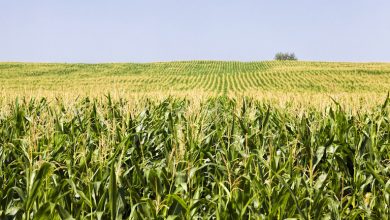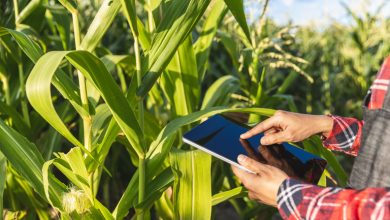USO E APLICAÇÃO
Northern Growers Alliance em busca de alternativas ao paraquat
Northern Growers Alliance em busca de alternativas ao paraquat
The Northern Grower Alliance (NGA) has been evaluating options for use as second-knock herbicides in trials across NSW and QLD, searching for alternative options to battle weeds such as flaxleaf fleabane and common sowthistle.
The group is working on a GRDC funded project to assist with the validation and adoption of agronomic practices, directly in response to local issues and priorities raised by growers and their advisers.
The findings for the summer 2017/18 were presented at a bi-annual meeting at Moree Services Club on Wednesday, where the NGA local research group discussed outcomes of the trials and set the priorities for further needs.
“The best approach currently to controlling some of our more difficult to control fallow weeds is through a sequential herbicide application or double knock approach. For instance, a grower might apply glyphosate mixed with 2,4D on fleabane. That’s the first knock. A week or so later they will apply paraquat, which is the second knock. The combination of the two applications providing much more consistent levels of control than either application alone,” NGA CEO Richard Daniel said.
These types of approaches are only needed where we don’t have the tools to effectively control key weeds with a single herbicide application, as they obviously add cost and complexity to fallow weed management.
However, the NGA CEO added that there was a growing concern from industry that heavy reliance on paraquat as the second-knock option would select for resistance in weeds like fleabane. Though NGA Local Research Group chairman Tim Poole said there was added concern.
“Paraquat is an effective herbicide but requires a high level of adherence to safety precautions in handling.”
Many farmers avoid the use of paraquat due to stringent OHS requirements. Add the risk of resistance selection, and NGA has found good motive to identify alternative options to assist the fight against weeds. Feedback from NGA Local Research groups across northern NSW and southern QLD have reinforced the importance of this issue in maintaining crop productivity.
“That’s a big part of NGA’s role. Gathering concerns and issues of growers and advisers in the region,” Mr Poole said.
The NGA have evaluated a range of registered options since late 2016 against both flaxleaf fleabane and common sowthistle.
Results to date have highlighted good potential from a Group G herbicide in this use pattern, with levels of control at least equivalent to paraquat in all trials to date.
“Those trials show a fair bit of promise. Despite the encouraging result, there is still the need for further tests,” Mr Poole said.
While things may be looking sunny on that score, Mr Poole observed there were still many agronomic concerns to be covered in the future.
Just as certain weeds may become more resistant from repeated exposure to paraquat, Mr Poole has noticed barnyard grass populations with resistance to glyphosate.
“Barnyard grass management is a common problem in the Moree region, with a rising population of the weed less susceptible to the herbicide. This is a particular problem on cropping land, and we would like to look at alternative non-herbicide ways of management,” Mr Poole said.
Such options include microwave technology or small scale tillage.
“This is something we would like to trial in time for another NGA meeting,” Mr Poole said.
MoreeChampion, 12/04/2018




